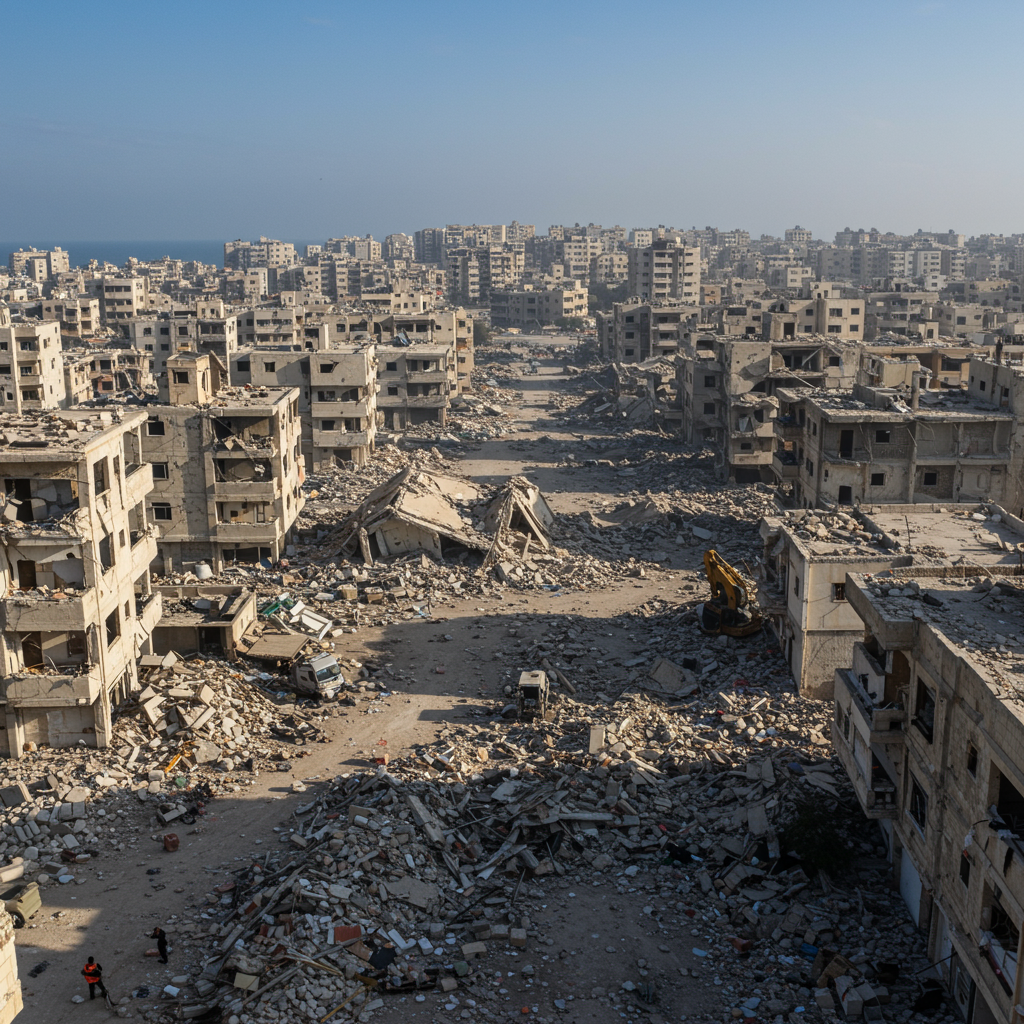President Donald Trump lauded NATO allies on Wednesday for committing to a significant increase in military spending, a key demand he has long championed. Following their summit in The Hague, Netherlands, alliance leaders announced an ambitious new target: members will aim to spend 5 percent of their gross domestic product (GDP) annually on defense and security by 2035. This marks a substantial jump from the previous goal of 2 percent, which many nations have struggled to meet.
A “Monumental” Victory for Burden-Sharing
Trump characterized the agreement as a “monumental” victory for the United States, asserting it corrects a perceived imbalance where the U.S. historically shouldered a disproportionate share of the alliance’s defense costs. NATO Secretary-General Mark Rutte echoed this sentiment, crediting Trump for pushing allies to increase their contributions and take greater responsibility for shared security. The new target allocates approximately 3.5% of GDP for funding military capabilities and equipment, with the remaining 1.5% designated for investments in defense industries.
Criticism and Threats Directed at Spain
Despite the overall positive reception from Trump towards the collective commitment, he singled out Spain for sharp criticism. Speaking at a news conference, Trump called it “terrible” that Spain is reportedly declining to meet the increased spending target before the 2035 deadline, unlike many other allies. He accused Spain of seeking a “free ride” and threatened potential repercussions, suggesting he would seek to penalize the country in ongoing trade negotiations. While the joint declaration sets the 2035 target, reports indicate countries like Slovakia and Belgium may also face challenges meeting this accelerated timeline.
Ukraine’s Needs Amidst Spending Focus
Ukrainian President Volodymyr Zelenskyy was also present at the summit, emphasizing the crucial need for continued unity and support from Europe and the United States in Ukraine’s conflict with Russia. Zelenskyy held a meeting with President Trump on the sidelines, describing it as meaningful. Discussions reportedly covered prospects for a ceasefire, Ukraine’s potential purchase of American air defense systems like Patriot missiles (which Trump noted were hard to acquire), and the possibility of co-producing drones. Zelenskyy thanked Trump for recent U.S. actions, including strikes in Tehran, which he linked to weakening Iran’s drone production capabilities used against Ukraine. However, despite Ukraine’s urgent need for air defenses against escalating Russian attacks, the primary focus of the summit remained the alliance-wide defense spending commitment.
Other key outcomes from the summit included NATO leaders declaring Russia a “long-term threat” and reaffirming their “ironclad commitment” to Article 5, the principle of collective defense, which Trump publicly clarified his support for after previous ambiguous remarks. French President Emmanuel Macron also voiced criticism, arguing it was contradictory for the U.S. to demand higher European defense spending while simultaneously escalating trade disputes among allies.
As the summit concluded, President Trump prepared to return to the United States, where his attention was also focused on lobbying efforts for the passage of a major tax and immigration package pending in the Senate.


